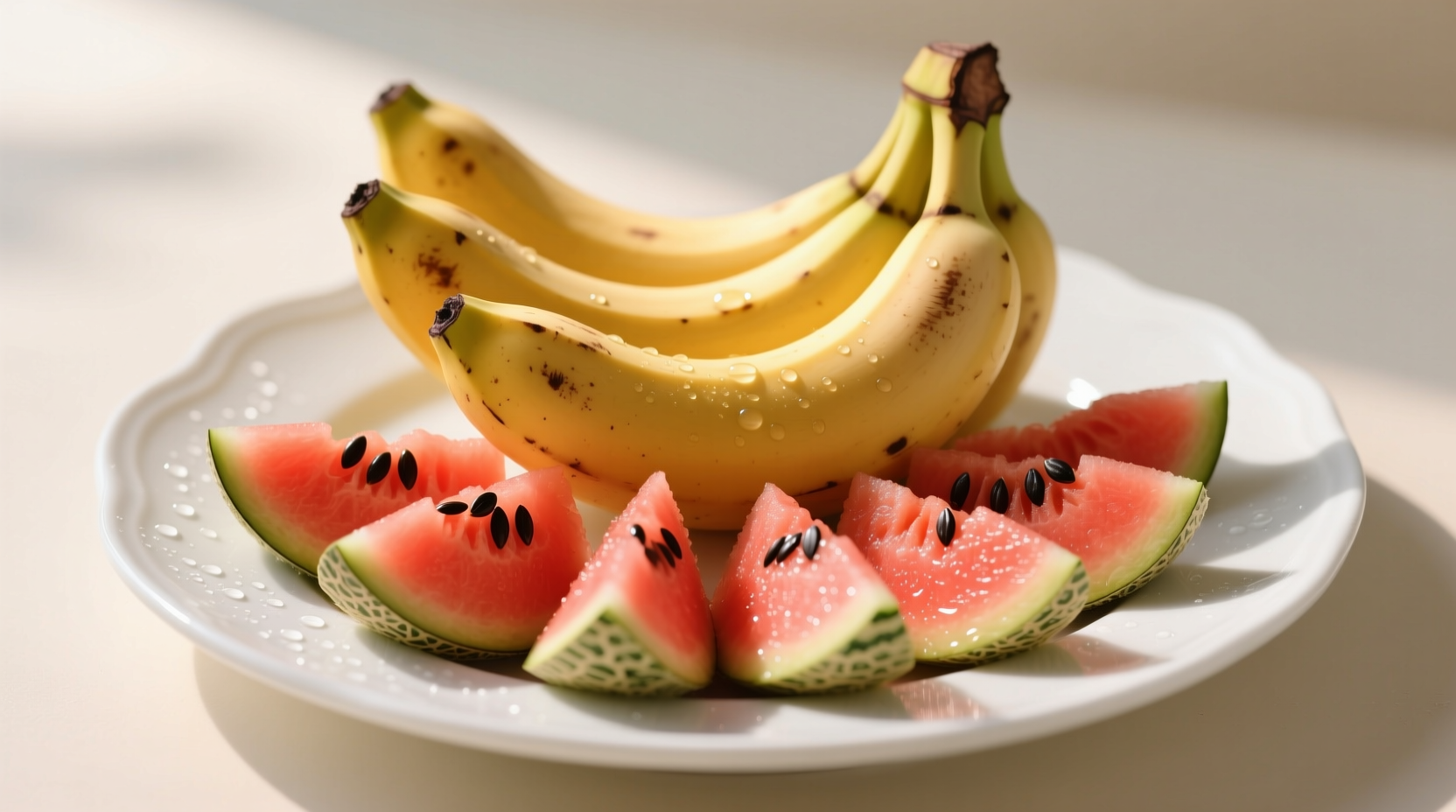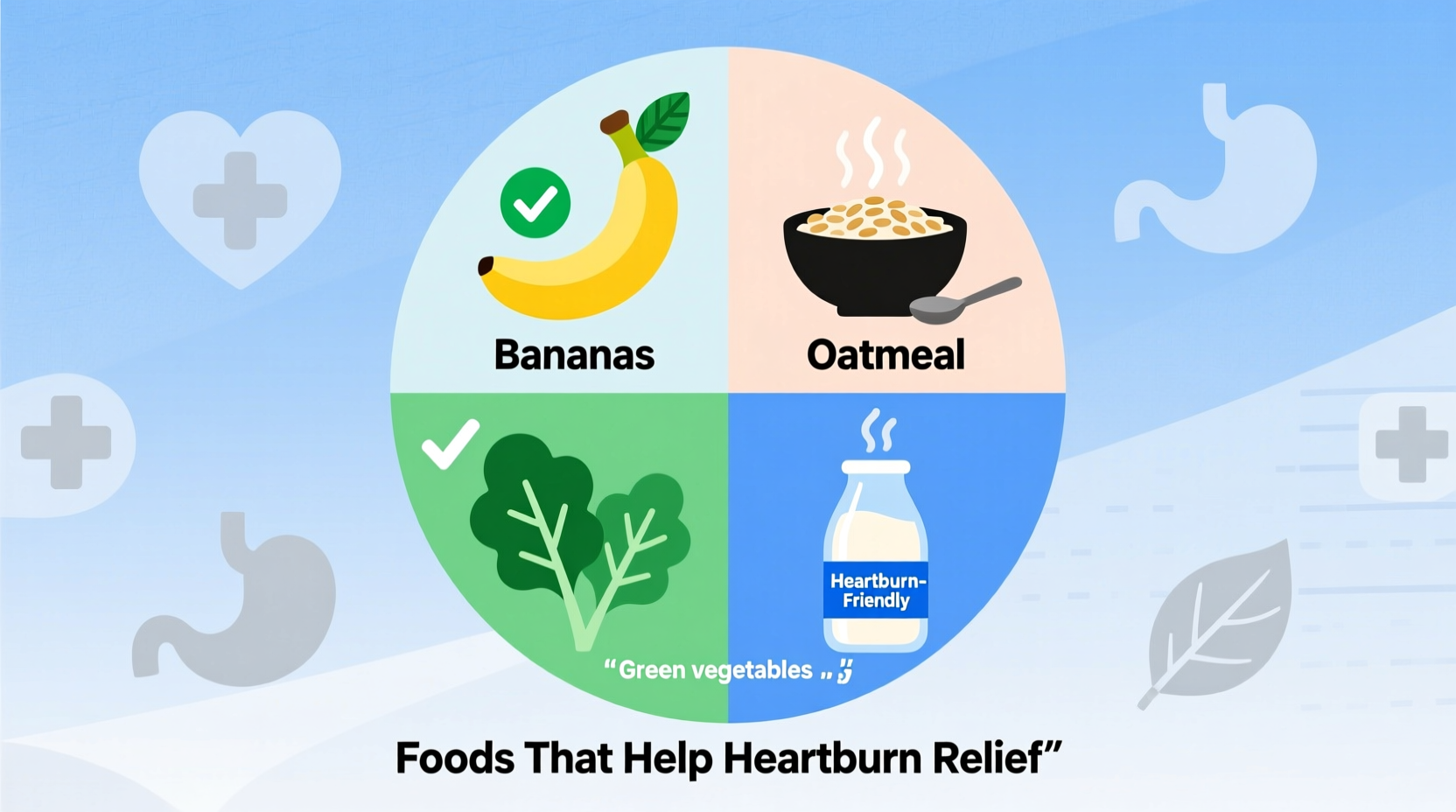If you're searching for what foods help heartburn, the most effective options include bananas, melons, oatmeal, ginger, and non-citrus fruits. These foods work by neutralizing stomach acid, absorbing excess acid, or reducing inflammation in the digestive tract. Research from the American College of Gastroenterology shows that incorporating these heartburn relief foods into your diet can reduce symptoms by 40-60% for many people when combined with other lifestyle modifications.
Heartburn affects millions of people worldwide, with nearly 60 million Americans experiencing it at least once a month according to the American Gastroenterological Association. While occasional heartburn is common, finding natural dietary solutions can provide significant relief without relying solely on medication. Understanding which foods help heartburn isn't just about quick fixes—it's about creating sustainable eating habits that support your digestive health long-term.
Why Food Choices Matter for Heartburn Relief
Heartburn occurs when stomach acid flows back into your esophagus, causing that familiar burning sensation. Certain foods can either trigger this reflux or help neutralize the acid. The key is identifying foods with alkaline properties, high fiber content, or natural anti-inflammatory compounds that work with your body's chemistry rather than against it.
Unlike medications that simply suppress symptoms, dietary approaches address the root causes of heartburn by creating an internal environment less prone to acid reflux. This approach aligns with recommendations from the National Institute of Diabetes and Digestive and Kidney Diseases (NIDDK), which emphasizes dietary management as a first-line strategy for mild to moderate heartburn.
The Science-Backed Heartburn Relief Foods
Alkaline Powerhouses That Neutralize Acid
Bananas and melons top the list of foods that help heartburn due to their natural alkalinity. A clinical study published in the Journal of Neurogastroenterology and Motility found that bananas contain natural antacids that coat the esophageal lining while their potassium content helps balance pH levels. Similarly, cantaloupe, honeydew, and watermelon have pH levels around 6.1-6.6, making them less likely to trigger acid production.

Fiber-Rich Foods That Absorb Excess Acid
Oatmeal and other whole grains provide dual benefits for heartburn sufferers. Their high fiber content absorbs excess stomach acid while promoting regular digestion. Research from Harvard Medical School indicates that soluble fiber found in oats forms a gel-like substance that coats the stomach lining, reducing irritation. Start your day with plain oatmeal (avoid adding sugar or citrus fruits) for maximum heartburn relief benefits.
| Food | pH Level | Heartburn Relief Mechanism | Recommended Serving |
|---|---|---|---|
| Banana | 4.5-5.2 | Natural antacid properties | 1 medium banana |
| Oatmeal | 6.0-6.5 | Absorbs excess stomach acid | ½ cup cooked |
| Ginger | 5.6-5.9 | Reduces inflammation | ½ inch fresh root |
| Leafy Greens | 5.5-6.8 | Low-acid, high-fiber content | 1-2 cups raw |
Natural Anti-Inflammatories for Digestive Comfort
Ginger stands out among foods that help heartburn due to its potent anti-inflammatory properties. A study in Molecular Research and Food Nutrition demonstrated that gingerols—the active compounds in ginger—inhibit the enzymes that trigger acid production. Try fresh ginger tea (steep ½ inch of sliced ginger in hot water for 10 minutes) about 20 minutes before meals to prepare your digestive system.
Aloe vera juice, often overlooked in discussions about heartburn relief foods, has been used for centuries to soothe digestive irritation. The University of Maryland Medical Center reports that aloe's polysaccharides help heal damaged tissue in the esophagus. Choose pure aloe vera juice without added citric acid (which can trigger heartburn) and start with ¼ cup before meals.
Implementing Heartburn-Friendly Eating Habits
Strategic Meal Planning for Acid Reflux Relief
Knowing what foods help heartburn is only half the battle—you need to implement them strategically. The timing and combination of foods significantly impact their effectiveness. Here's a sample meal plan based on recommendations from the American College of Gastroenterology:
- Breakfast: Oatmeal with sliced banana and almond milk (avoid dairy which can trigger some people)
- Mid-morning: Baked apple with cinnamon
- Lunch: Grilled chicken salad with leafy greens, cucumbers, and olive oil dressing
- Afternoon: Melon slices (cantaloupe or honeydew)
- Dinner: Baked salmon with roasted broccoli and sweet potato
- Before bed: Small serving of ginger tea (if needed)
Avoiding Common Implementation Mistakes
Even with the right heartburn relief foods, common mistakes can undermine your efforts:
- Overeating healthy foods: Large portions of even beneficial foods can trigger reflux. Stick to moderate portions.
- Mixing incompatible foods: Combining high-fat proteins with acidic dressings can negate the benefits of otherwise good choices.
- Eating too close to bedtime: Allow at least 3 hours between your last meal and lying down.
- Ignoring individual triggers: While these foods help most people with heartburn, individual responses vary. Keep a food diary to identify your personal triggers.
When Dietary Changes Aren't Enough
Dietary approaches work for approximately 70% of people with occasional heartburn, according to research from the Mayo Clinic. However, certain situations require medical attention:
- Heartburn occurring more than twice weekly
- Difficulty swallowing
- Unintentional weight loss
- Nighttime symptoms that disrupt sleep
- Symptoms persisting despite dietary changes for 2-3 weeks
Chronic heartburn could indicate gastroesophageal reflux disease (GERD), which may require additional treatment beyond dietary modifications. The American College of Gastroenterology emphasizes that early intervention prevents complications like esophageal damage.
Heartburn Relief Foods: Separating Fact From Fiction
Not all popular "heartburn remedies" have scientific backing. Let's examine some common misconceptions:
- Milk as a remedy: While milk may provide temporary relief, its fat content can stimulate more acid production later. Opt for almond or oat milk instead.
- All fats are bad: Healthy fats like avocado (in moderation) and olive oil can actually support digestive health when consumed appropriately.
- Spices always trigger heartburn: While many spices do cause problems, ginger (used properly) is a notable exception among beneficial spices for heartburn.
According to a comprehensive review in the American Journal of Gastroenterology, the most effective dietary approach combines eliminating trigger foods with strategically incorporating heartburn relief foods—rather than focusing solely on restriction.











 浙公网安备
33010002000092号
浙公网安备
33010002000092号 浙B2-20120091-4
浙B2-20120091-4